Although the digital age has provided marketers with a wide range of tools, email remains one of the most effective, especially when talking about events. Generating anticipation, building a guest list, and sharing crucial information about an event all become much easier with email marketing.
That said, it’s important to focus on developing an effective email strategy to reap the full benefits this channel offers. Following best practices, like segmenting lists, using an email address checker, and personalizing messages are important parts of launching an email campaign, no matter what the purpose.
The following tips and information will help you plan an event email marketing campaign that helps you achieve your goals.
Metrics to Look For
Focusing on key metrics can help you better evaluate a campaign’s performance. Specific metrics to pay attention to include the following:
- Open Rate – It’s important to know whether recipients are actually opening your emails. If they’re not, you should take steps to boost open rates, like personalizing the subject line.
- Click-Through Rate – Your email should link to a page on your site where recipients can take a desired action, like signing up for your event. The click-through rate will tell you how many people are arriving at that landing page after opening your email.
- Unsubscribe Rate – The last thing you want to do as an email marketer is give potential customers the impression that you’re a spammer. Monitoring the unsubscribe rate will tell you if your emails are actually having a negative effect on your promotional efforts.
Your goal should be to design a strategy that helps you improve these metrics. Keep the following tips in mind to do so effectively:
Simplify Your Design
It should come as no surprise that the majority of emails today are read on mobile devices. That’s a key reason to ensure the formatting and design of your messages are simple and clean.
This doesn’t mean relying solely on text. It just means breaking up your content into scannable sections. A smart principle to keep in mind when designing your emails is the “Rule of Three.” By separating your marketing email into three sections, you can convey important information without overwhelming a reader.
The first section could explain when and where the event will take place, along with what types of experiences a guest can expect to have if they attend. The next part might be a video that gives a reader a more dynamic look at the event. The third could then give them the option to sign up for a guest list.
Breaking up your content into these basic sections makes it easier to present all the necessary information in an organized manner. It’s also more likely to appeal to a recipient and keep them reading.
Use an Appealing Color Palette
Colors that don’t match can make an email look too jarring to a recipient. An inconsistent color scheme also reflects poorly on your brand. That’s why you should use a color wheel or consult with a designer to make sure you’re using an arrangement that pleases the eye.
That said, your call to action needs to stand out. This is where you ask a reader to register for your event, so it’s important that it’s visible. Make sure you choose a color that doesn’t blend into the background when designing your CTA.
Segment Your Emails
Segmenting your email list is another smart way to boost your open rate. This is especially important when promoting an event. After all, there’s a good chance many of your existing email list subscribers won’t be able to attend your event if they live far away. Through segmentation, you can ensure you’re only emailing people who’ll genuinely have the chance to attend.
Keep these points in mind as you design your campaign, and remember to monitor its effectiveness. Email marketing is powerful because it gives you the chance to communicate with potential guests directly. With a strong, well-planned campaign, you’ll be able to take full advantage of this marketing tool.
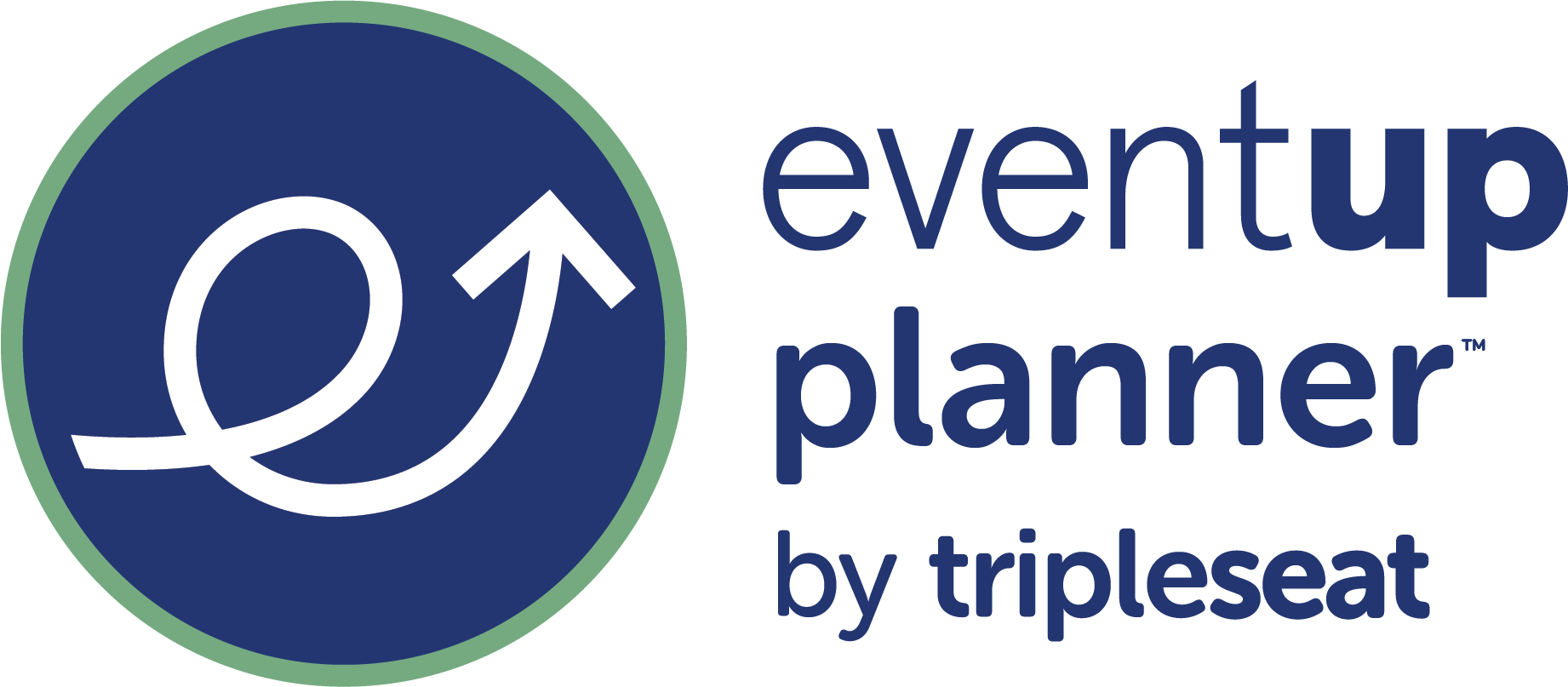



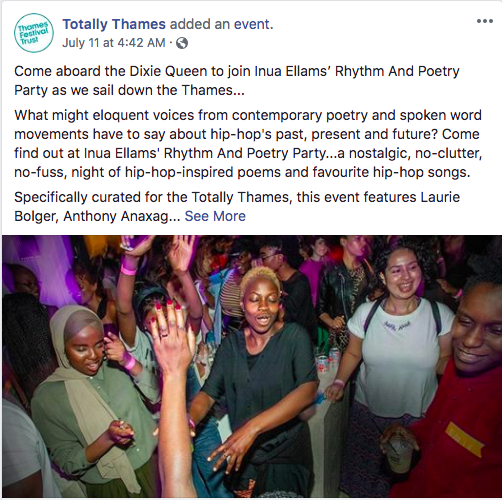

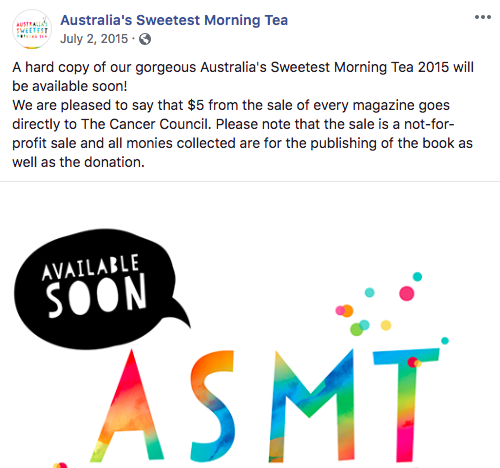

.png)
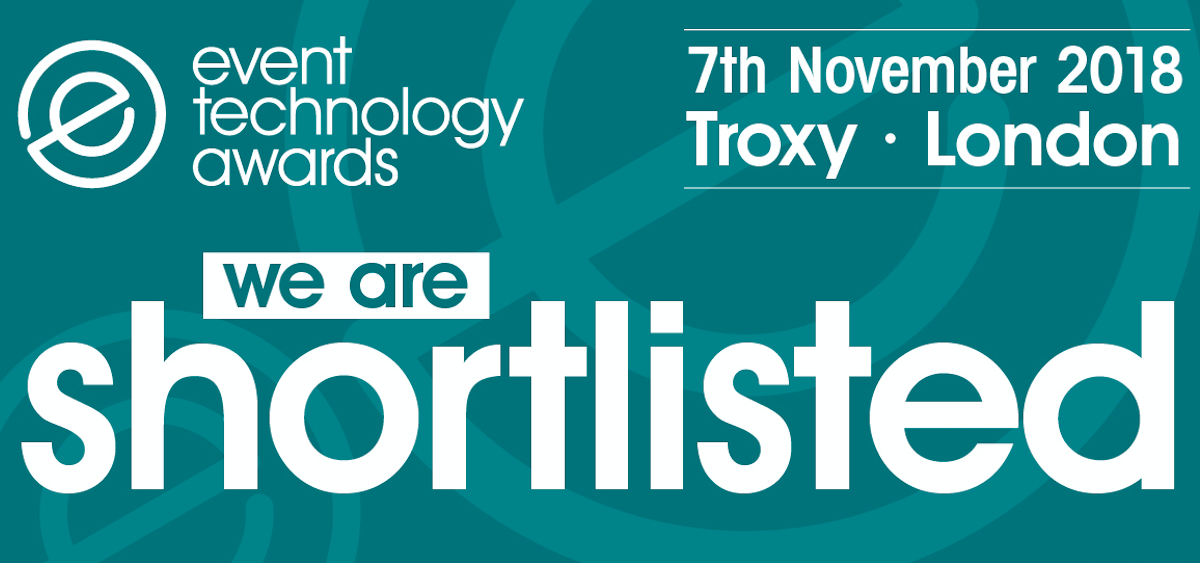
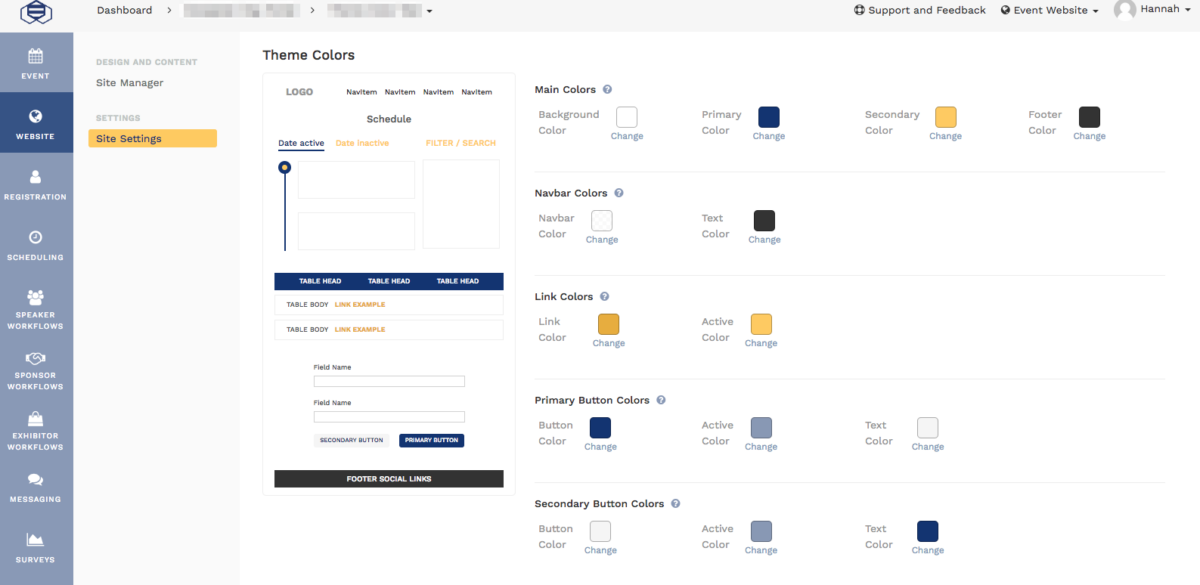
.png)

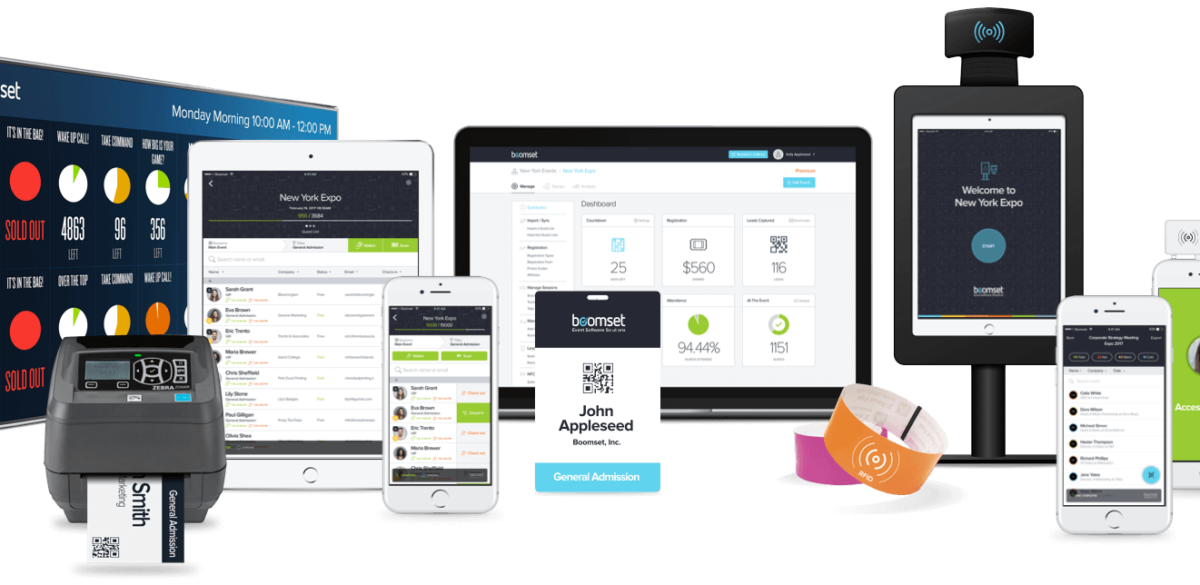


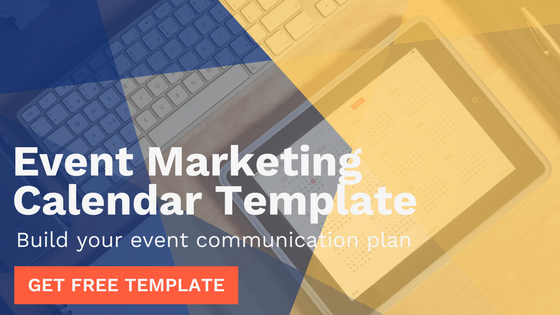
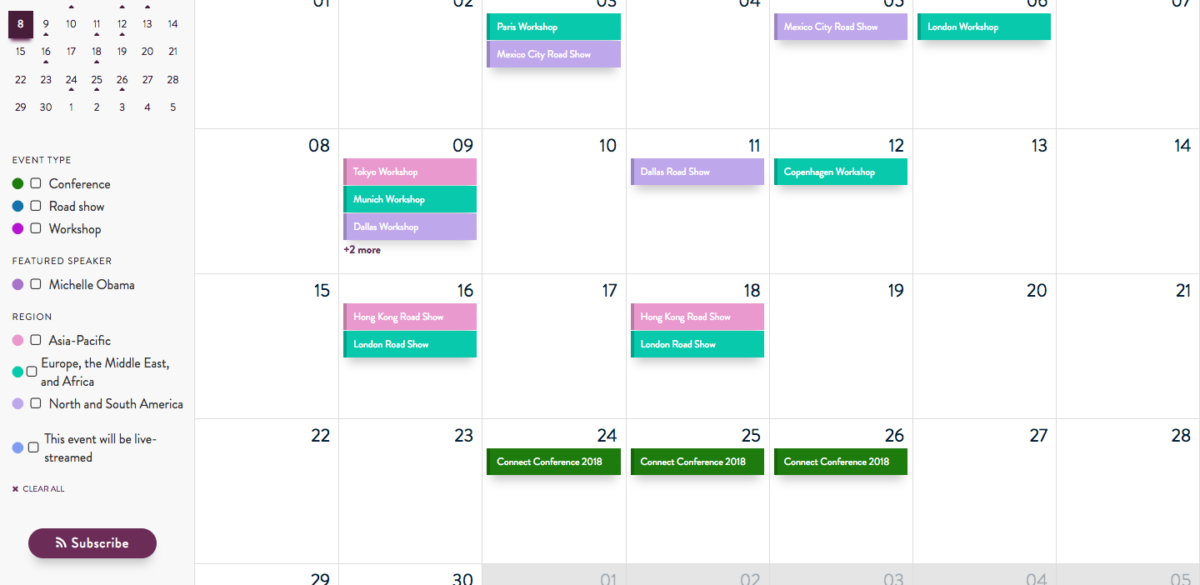
-1.png)
